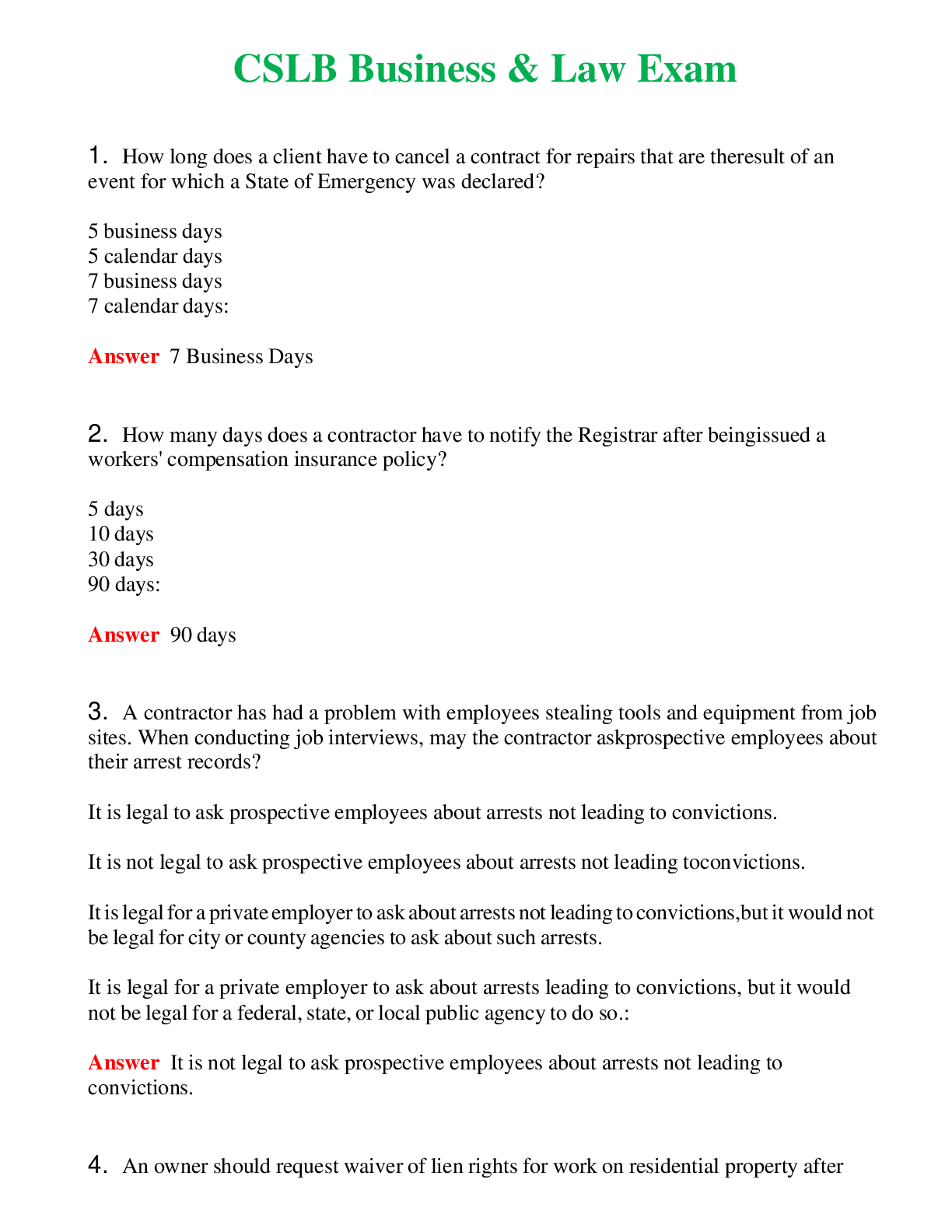Finance > EXAM > ZDSFFSDF 21212 Capital Budgeting Exam 2020 – Saint Paul School of Business & law | ZDSFFSDF21212 C (All)
ZDSFFSDF 21212 Capital Budgeting Exam 2020 – Saint Paul School of Business & law | ZDSFFSDF21212 Capital Budgeting Exam 2020
Document Content and Description Below
ZDSFFSDF 21212 Capital Budgeting Exam 2020 – Saint Paul School of Business & law CAPITAL BUDGETING 1. Which of the following about capital budgeting and capital budget is incorrect? a. Capita l budg... eting is the process of planning expenditures for assets, the return on which are expected to be realized within one year. b. Once capital decisions are made, they tend to be relatively inflexible because the commitments extend well into the future. c. In capital budgeting, accurate forecasting is needed to anticipate changes in the demand for the product so that the firm may realize full economic benefits when the capital asset is available for use. d. In capital budgeting, planning is important because of possible changes in inflation, the money supply and interest rates. ANSWER: A Capital Budgeting is the process of planning expenditures for assets, the return on which are expected to continue beyond one year. 2. The capital budget is a (an) a. plan that coordinates and communicates a company’s plan for the coming year to all the segments of the organization. b. plan that assesses the firm’s expenditures for long-lived assets. c. plan to insure that there is enough working capital for the company’s needs. d. a plan that establishes the firm’s long-term goals in the context of relevant factors in the firm’s environment. ANSWER: B A Capital Budget is a plan that assesses the firm’s expenditures for long-lived assets. • The plan that coordinates and communicates a company’s plan for the coming year to all the segments of the organization is called operating budget. • A capital budget involves long-term investment needs, not working capital for operating needs. • Strategic planning establishes the firm’s long-term goals in the context of relevant factors in the firm’s environment. 3. Capital budgeting techniques are least likely to be used in evaluating a. a disinvestment decision, such as sale of unprofitable business segment. b. the acquisition of a new ship by a shipping line. c. the adoption of the ABC system in allocating costs to product lines. d. the implementation of a major advertising program that will have long-term effects on the company. ANSWER: C Capital budgeting involves planning expenditures for long-term investments, as well as the financing ramifications of such investments. The ABC system, which is a method of allocating costs to product lines, has no effect on the firms’ cash flows, does not relate to acquisition of long-term assets, and is not concerned with financing. Hence, the capital budgeting techniques have nothing to do with such allocation method. • A disinvestments decision, such as a sale of unprofitable business segment should be evaluated using capital budgeting techniques. 4. The following items are included in the computation of the net cost of investment, except: a. The initial cash outlay covering all expenditures on the investment project up to the time when it is ready for use or operation. b. Working capital requirement to operate the capital investment project. c. Avoidable cost of immediate repairs on old asset to be replaced, net of tax. d. The book value of the old asset to be replaced. ANSWER: D The book value of an old asset to be replaced is irrelevant, and therefore not included in the computation of the net cost of investment. 5. In evaluating capital investment proposals, the project’s expected rate of return is compared with a hurdle rate, or a desired rate of return. This standard rate may be the weighted-average rate of return of the company must pay to its long-term creditors and shareholders for the use of their funds. It is the cost of using funds and is more commonly called as: a. discount rate b. capital c. capital expense d. cost of capital ANSWER: D Cost of capital is the cost of using funds. It is also called hurdle rate, minimum desired rate of return, and standard rate. It may be used as a discount rate to convert future cash flows to present value. The project’s expected rate of return is compared with this hurdle rate or standard rate. It is the weighted-average rate of return the company must pay to its long-term creditors and shareholders for the use of heir funds. 6. Which of the following statements about cash flow determination for capital budgeting purposes is incorrect? a. Relevant opportunity costs are included in the cash flow forecast. b. Tax savings due to depreciation expense must be considered. c. Depreciation is relevant because it affects net income. d. Changes in net working capital should be included in the cash flow forecast. ANSWER: C Depreciation, although an expense, is a non-cash item, so it does not affect the projected cash flow of an investment project. What is relevant is the tax savings due to depreciation expense. 7. The discounted cash flow model is ordinarily considered the best model for long-range decision-making. It may be characterized as follows, except: a. The discounted cash flow model considers the time value of money. b. The discounted cash flow model involves interest factors and risk. c. The accounting rate of return and net present value methods are among the methods used in the discounted cash flow model. d. The model involves the use of present value factors to discount the future cash flows to present values. ANSWER: C The discounted cash flow model considers the time value of money. The internal rate of return and net present value methods are among the methods used in this model. • The accounting rate of return which does not consider the time value of money is not a method under the discounted cash flow model. 8. Sandy Corporation is planning to buy a new equipment costing P150,000 to replace an old one purchased 6 years ago for P90,000. The old equipment is being depreciated on a straight-line basis over 10 years to a zero salvage value. The same method and useful life will be used to depreciate the new equipment. Sandy Corporation pays tax at a rate of 32% of income before tax. If the old equipment is sold for P30,000 and the new one is purchased, the net cash investment at the time of purchase of the new one is a. P118,080 b. P150,000 c. P121,920 d. P120,000 ANSWER: A SOLUTION: Purchase price of the new equipment P150,000 Less: Proceeds from sale of old equipment P30,000 Tax savings due to loss on sale of old equipment: Sales value P30,000 Less book value: Acquisition cost P90,000 Accum. Dep’n ([P90,000/10] x 6years) 54,000 Book value P36,000 Loss on sale P 6,000 x Tax rate 32% 1,920 31,920 Net cash investment on the new equipment P118,080 9. Ojie, Inc. provides hot, ready-to-eat meals to construction workers. The company is considering the purchase of a new truck to replace an old truck now in use in delivering meals to construction sites. The new truck would cost P2M. If the new truck is purchased, the old truck will be sold as is to another company for P400,000. This old truck was acquired for P1.2M and has a current book value of P500,000. If the new truck is not purchased, the company will have to continue using the old one, although extensive repairs would be needed that will cost P250,000. This repairs cost will be expensed, for tax purposes, in the year incurred. The income tax rate for corporations is 32%. If the new truck is purchased, the net cost of investment for decision-making purposes is: a. P1,398,000 b. P2,000,000 c. P1,350,000 d. P1,462,000 ANSWER: A SOLUTION: Purchase cost of new truck P2,000,000 Less: Proceeds from sale of old truck, including Tax savings due to loss on sale Sales proceeds P400,000 Tax savings due to loss on sale: Sales proceeds P400,000 Book value 500,000 Loss P100,000 x Tax rate 32% 32,000 Avoidable cost of repairs, net of tax (P250,000 x 68%) 170,000 602,000 Net cost of investment for decision-making purposes P1,398,000 ITEMS 10 AND 11 ARE BASED ON THE FOLLOWING INFORMATION: - - - - - - - - - - - - - - - - - - - - - - - - - - - - - - - - - - - - - - - - - - - - - - - - - - - - - - - - - 91. The new machine’s profitability index is a. 0.905 b. 0.937 c. 1.105 d. 1.068 ANSWER: C SOLUTION: Profitability Index = PV of cash inflows = P1,067,546 = 1.105 Investment P966,000 92. What is the project’s internal rate of return? a. about 8% b. about 10% c. about 12% d. about 14% ANSWER: D The factor for the IRR is 3.43, the same as the payback period. From the given resent values of an annuity of P1, the period 5 factor of 3.433 is in the 14% column. Thus, the internal rate of return is about 14%. 93. Can the project’s payback reciprocal be used to approximate the internal rate of return? a. Yes, because the payback reciprocal of a project is a good approximation of such project’s internal rate of return. b. Yes, because the conditions required in using the payback reciprocal to approximate the IRR have all been met. c. No, because the cash inflows are uniform. d. No, because the condition about the project’s economic life was not met. ANSWER: D SOLUTION: Payback Reciprocal = 1______ Payback Period The payback reciprocal can be used to approximate the IRR (without using the net present value tables) subject to the following conditions: 1. The cash inflows are uniform. 2. The project’s economic life is at least two times the payback period. In this case, the second condition was not met. The project’s economic life should be at least 6.86 years (3.43 x 2). The new machine’s economic life is only 5 years. Hence, the payback reciprocal of 29% is very far from the IRR of about 14% (from Item#92). 94. At a company’s cost of capital (hurdle rate) of 10%, a proposed investment project has a negative net present value. Based on this information, it can be concluded that a. the internal rate of return is less than 10%. b. the internal rate of return is greater than 10%. c. the accounting rate of return is less than 10%. d. the [payback period is longer than the life of the project. ANSWER: A A negative NPV indicates that the PV of cash inflows is less than the initial investment. At the IRR, the PV of the cash flows equals the investment, i.e., NPV = 0. The IRR must therefore be less than the hurdle rte because the NPV at the hurdle rate is negative. ITEMS 95 TO 100 ARE BASED ON THE FOLLOWING INFORMATION: The following data pertain to a five-year project being considered by Alex C. Corporation: 1. A new equipment costing P1.8 million will be acquired on January 1, 200A. It will be depreciated using the straight-line method over a five-year period, with a salvage value of P200,000 at the end of 5 years. 2. The new equipment will replace an old one that has been fully depreciated to its salvage value of P220,000. Another company has offered to buy this old equipment for P250,000 on the replacement date. 3. The project is expected to generate incremental sales of 50,000 units per year. The contribution margin per unit is P10. Incremental project fixed costs, excluding depreciation, is P130,000. 4. The project requires additional investment in working capital of P70,000. This amount is fully recoverable at the end of the fifth year. Alex C. Corporation is subject to an income tax rate of 32%. Its cost of capital (hurdle rate) is 10%. The present value factors at 10% are as follows: Present value Present Value of an Period of P1 Annuity of P1 1 0.909 0.909 2 0.826 1.736 3 0.751 2.487 4 0.683 3.170 5 0.621 3.791 95. The net cost of investment in the new equipment is a. P1,800,000 b. P1,629,600 c. P1,559,600 d. P1,620,000 ANSWER: B SOLUTION: Purchase price P1,800,000 Add working capital requirement 70,000 Less proceeds from sale of old equipment, net of the increase in tax due to gain on sale: Sales value P250,000 Less tax increase due to gain on sale ([P250,000 – P220,000] x 32%) 9,600 (240,400) Net cost of investment in the new machine P1,629,600 96. The expected incremental sales will provide a discounted, net of tax contribution margin over five years of a. P1,288,940 b. P 189,550 c. P1,895,500 d. P 953,816 ANSWER: A SOLUTION: Incremental sales per year 50,000 units x Contribution margin per unit P10 Incremental annual CM P 500,000 Less tax (32%) 160,000 Net of tax incremental CM P 340,000 x PV of P1, 10%, 5years 3.791 PV of the net of tax annual CM P 1,288,940 97. The overall discounted-cash-flow impact of the working capital investment on Alex C. Corporation’s project is a. (P70,000) b. P0 c. P43, 470 d. (P26,530) ANSWER: D SOLUTION: Working capital investment at Year 0 (P70,000) PV of the working capital to be recovered at the end of 5years (P70,000x0.621) 43,470 Overall discounted cash-flow impact of the working capital investment (P26,530) 98. The new equipment is expected to generate annual cash inflows, net of income taxes, of a. P 34,000 b. P354,000 c. P370,000 d. P366,800 ANSWER: B SOLUTION: Incremental contribution margin (50,000x P10) P500,000 Less fixed costs: Cash fixed costs P130,000 Dep’n([P1,800,000-P200,000]/5years) 320,000 450,000 Income before tax P 50,000 Less tax (32%) 16,000 Income after tax P 34,000 x PV of P1, 10%, 5yrs 320,000 PV of the net of tax annual contribution margin P354,000 99. The discounted, net of tax amount that relates to the disposal of the new equipment at the end of the fifth year is a. P200,000 b. P 84,456 c. P124,200 d. P 39,744 ANSWER: C SOLUTION: Present value of the salvage value of the equipment (P200,000x0.621) P124,200 By the end of the fifth year, the new equipment should have been depreciated to its estimated salvage value of P200,000. If it would be disposed at the same amount, there would be no tax effect to consider because no gain or loss would result from the sale. 100. The new equipment’s net present value is a. P119,916 b. (P119,916) c. (P287,586) d. (P290,316) ANSWER: B SOLUTION: Present value of cash inflows: From operations (P354,000x3.791) P1,342,014 Salvage value (P200,000x0.621) 124,200 Working capital to be recovered (P70,000x0.621) 43,470 Total P1,509,684 Less net cost of investment (from Item#95) 1,629,600 Net present value (P 119,916) KEY ANSWERS: Capital Budgeting 1. A 11. B 21. C 31. D 41. C 51. B 61. C 71. A 81. D 91. C 2. B 12. C 22. C 32. D 42. D 52. D 62. B 72. B 82. C 92. D 3. C 13. B 23. B 33. B 43.A 53 .B 63. B 73. D 83. A 93. D 4. D 14. A 24. A 34. C 44.C 54. C 64. A 74. B 84. C 94. A 5. D 15. B 25. D 35. A 45.D 55. A 65. C 75. B 85. A 95. B 6. C 16. C 26. B 36. C 46.D 56. B 66. D 76. C 86. D 96. A 7. C 17. A 27. A 37. C 47.C 57. C 67. C 77. B 87. B 97. D 8. A 18. C 28. D 38. C 48.B 58. A 68. A 78. A 88. A 98. B 9. A 19. C 29. A 39. C 49.A 59. B 69. D 79. B 89 .B 99. C 10. D 20. D 30. C 40. A 50.C 60. D 70. D 80. C 90. D 100.B [Show More]
Last updated: 2 years ago
Preview 1 out of 34 pages

Buy this document to get the full access instantly
Instant Download Access after purchase
Buy NowInstant download
We Accept:

Reviews( 0 )
$9.00
Can't find what you want? Try our AI powered Search
Document information
Connected school, study & course
About the document
Uploaded On
Mar 16, 2021
Number of pages
34
Written in
Additional information
This document has been written for:
Uploaded
Mar 16, 2021
Downloads
0
Views
61


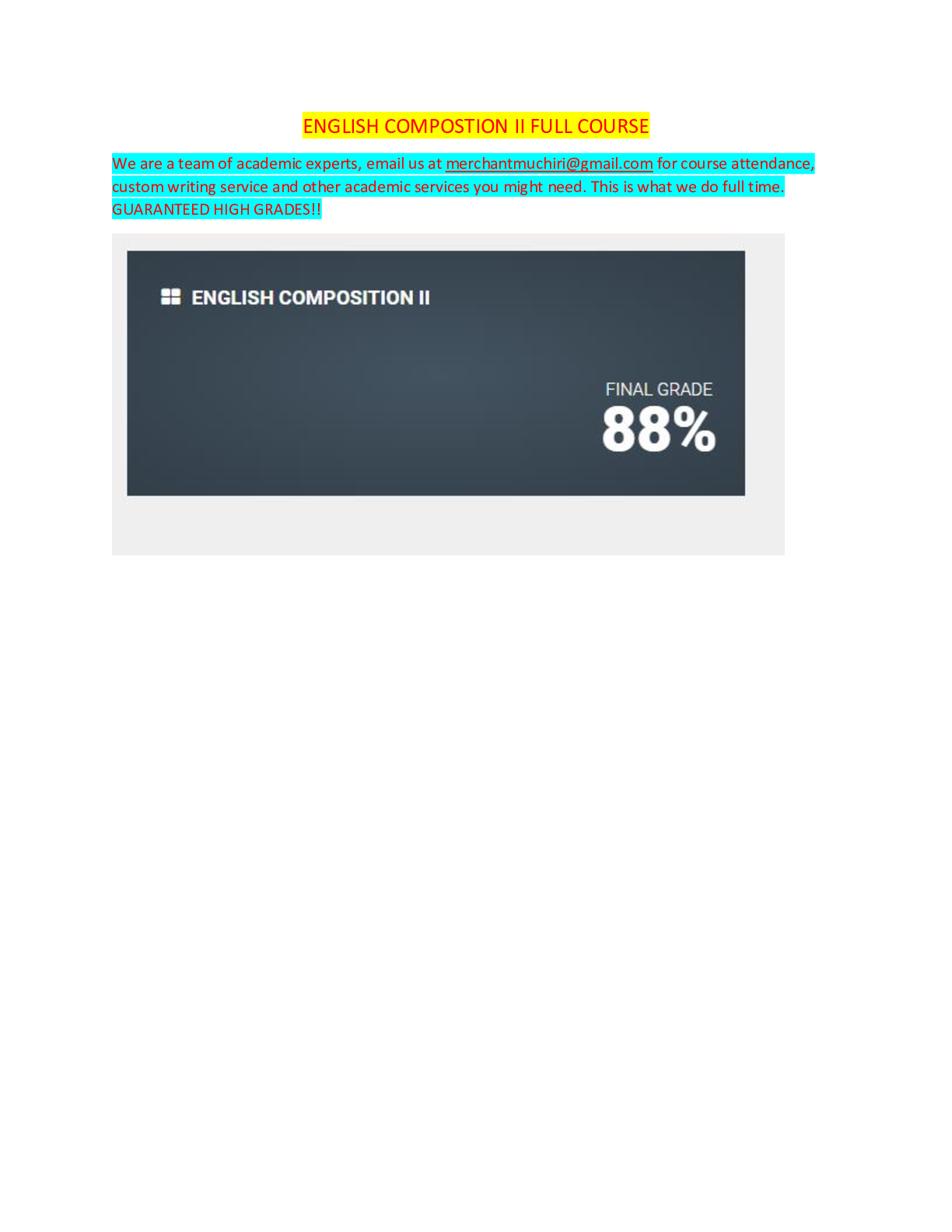

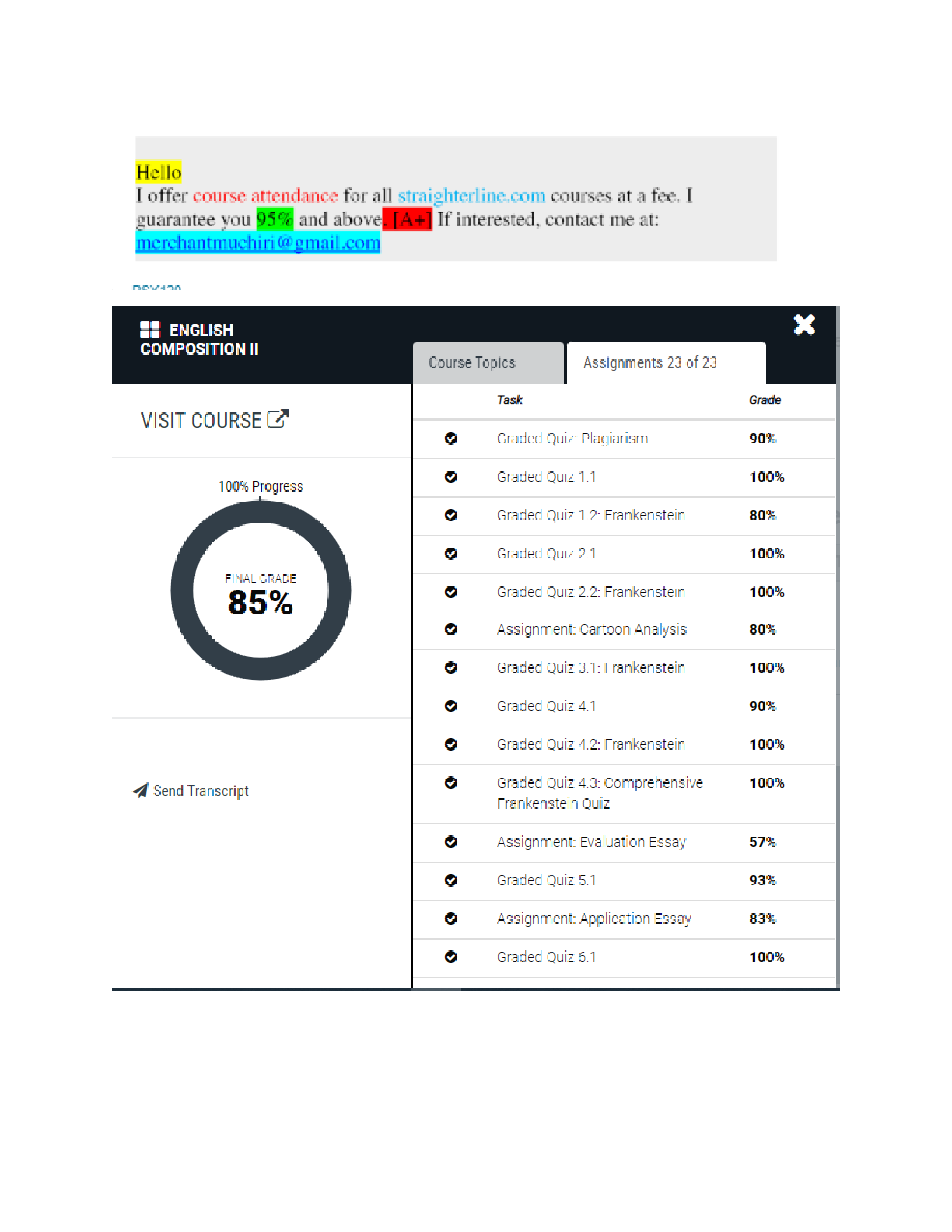


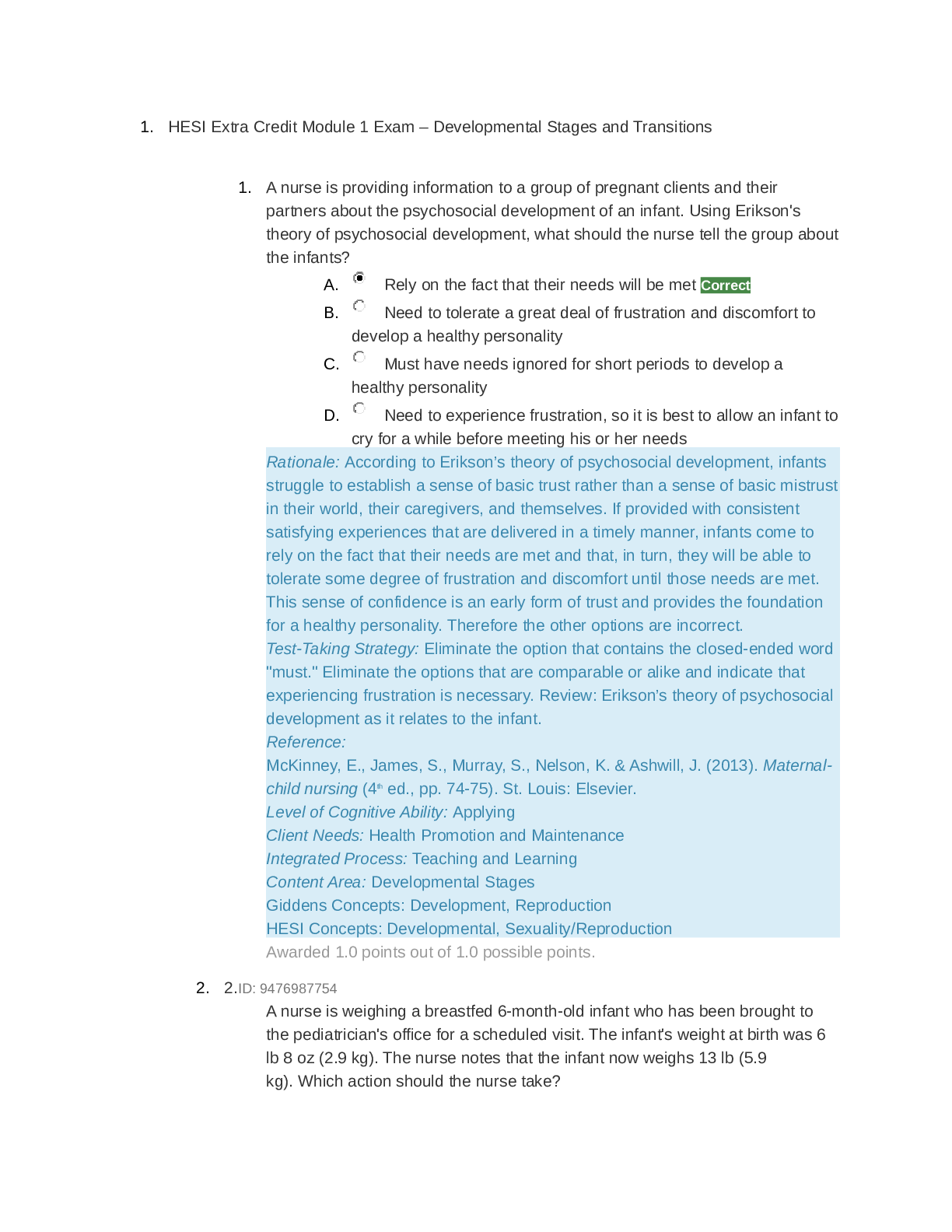
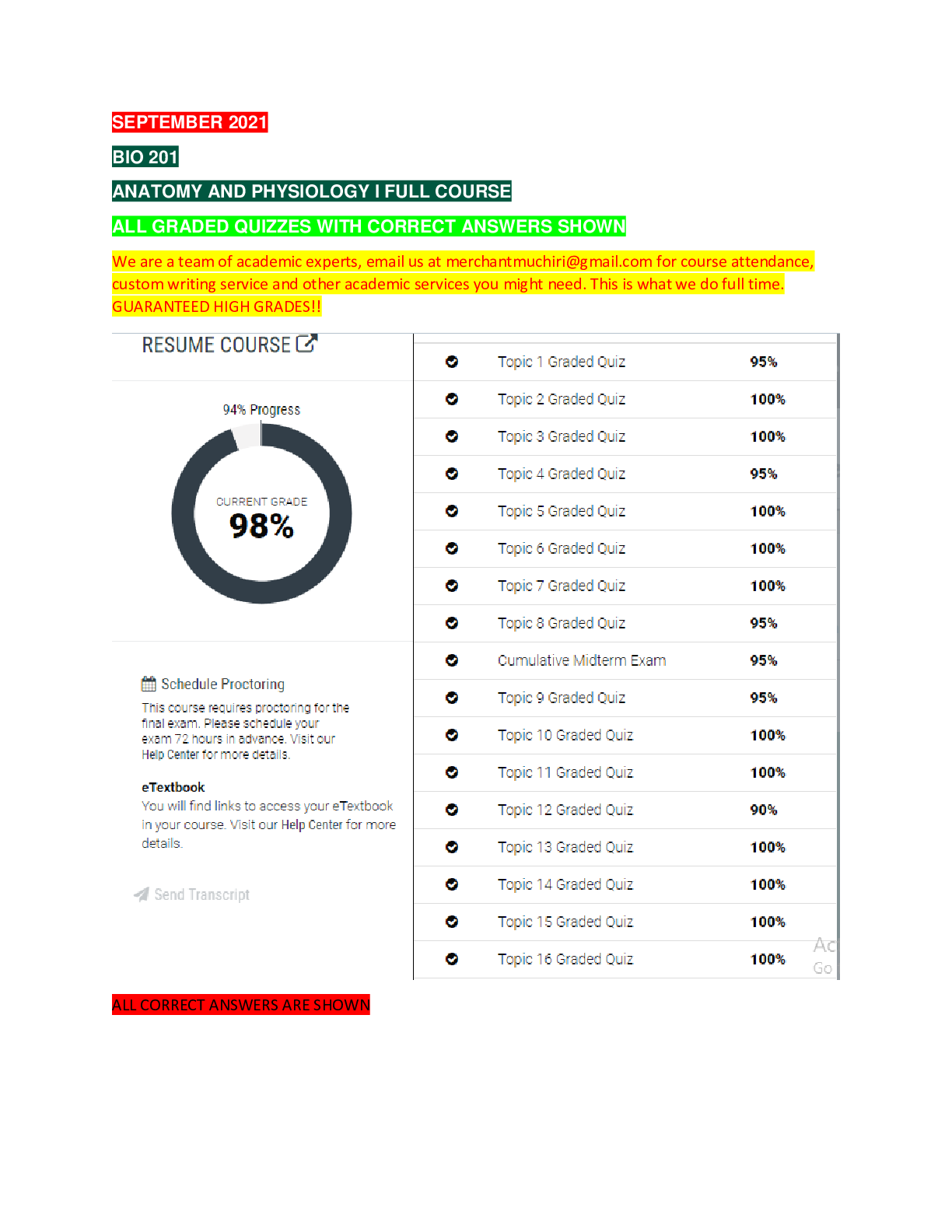
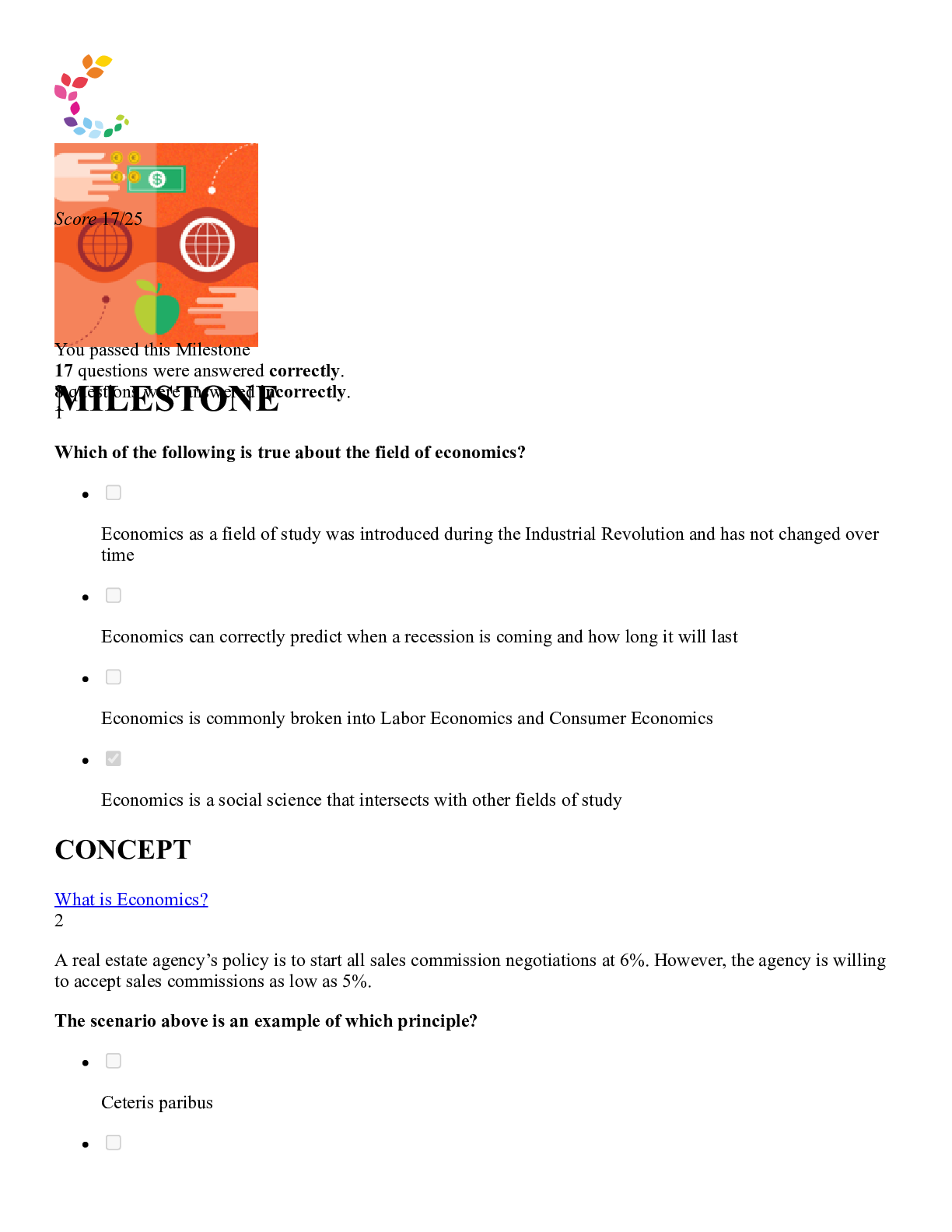
.png)
.png)



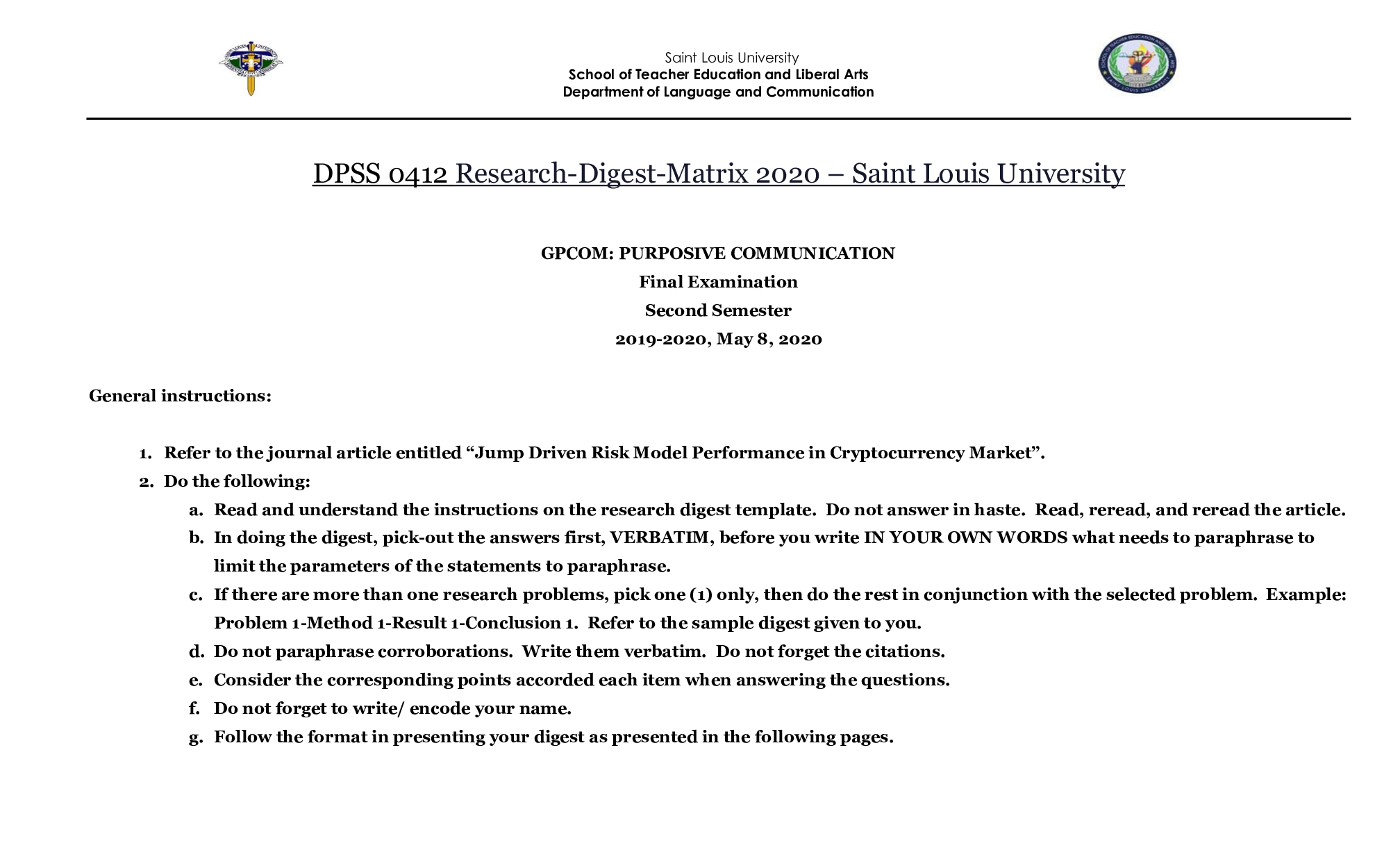

.png)
